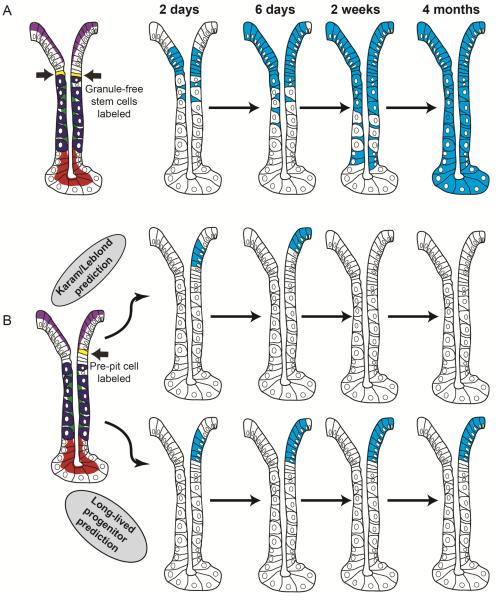Figure 4. Potential behavior of the adult stem cell and lineage-committed progenitors in the adult corpus.
(A) If Karam and Leblond’s prediction that there is a single adult stem cell in the corpus holds true, then labeling that cell will eventually result in the long-term maintenance of label as well as labeling of all corpus cell types. (B) It remains possible that the corpus contains long-lived lineage restricted progenitors as well. Such cells would have early characteristics of pit cells or neck cells; they would be self-renewing and long-lived but give rise only to differentiated pit or neck/chief cells, respectively. The only studies performed to date to understand how stem cells behave in the stomach: labeled-nucleotide pulse-chase experiments performed by Karam and Leblond et al. would not be able to distinguish between the two possibilities (ie, a long-lived multipotent stem cell vs. long-lived committed progenitors). Lineage tracing experiments with an appropriate promoter (eg, like Lgr5 in the intestine) should be able to distinguish how stem cell hierarchies are arranged. Examples of different lineage tracing patterns with hypothetical, appropriate promoters are shown. If a promoter that is pit-cell-lineage specific could be induced and traced, then the Karam/Leblond model (all cells rapidly arise from a long-lived, self-renewing, multipotent stem cell) would result in temporary labeling of the pit lineage with eventual loss of the label, because the stem cell would not be labeled, and pit cell progenitors are not long-lived. However, if long-lived lineage restricted progenitors exist (contrary to Karam/Leblond), then labeling the pre-pit cell will result in maintenance of the label throughout the pit cell lineage, because the pre-pit cells will self-renew and not die, but they will continue to label all their progeny. Similar predictions would hold to other cell lineages in the corpus.

